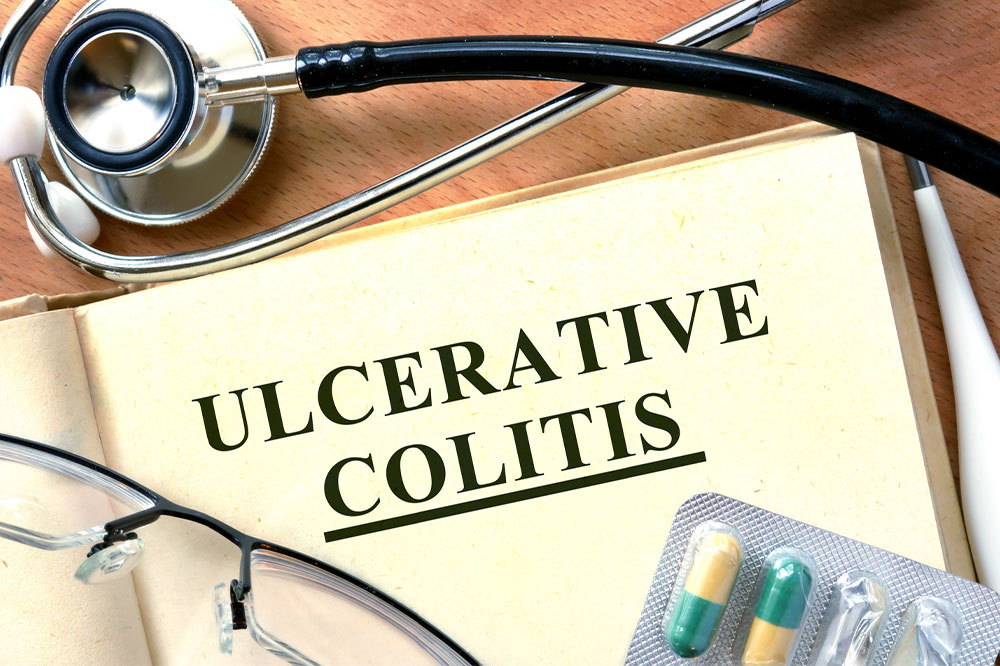
Risk Factors and Early Symptoms of Ulcerative Colitis
A type of inflammatory bowel disorder, ulcerative colitis, results in inflammation and sores (ulcers) in the inner lining of the colon and the rectum. Even though ulcerative colitis can develop at any age, it has been observed that the disease commonly develops between the ages of 15 to 30. Inflammation of the large intestine and rectum aggravates the symptoms of ulcerative colitis. Read on to know more.
1. Risks factors of ulcerative colitis
Even though this medical condition can affect anybody, certain people are predisposed to it. These include people who eat high-fat food, have a close relative with IBD (inflammatory bowel disease), and people who often use NSAIDs (nonsteroidal anti-inflammatory drugs such as Motrin or Advil). Jewish people are known to have a predisposition for ulcerative colitis.
2. Early signs of ulcerative colitis
Researchers of the BMC Gastroenterology published a study where it was found that bloody bowel movement and diarrhea are the early symptoms of ulcerative colitis. This study was conducted on 483 patients, and out of that, 86.6% reported bloody bowel movement while 86.5% reported diarrhea as an early symptom of ulcerative colitis.
3. Types of ulcerative colitis
Based on the location of the inflammation, doctors classify ulcerative colitis into four different types. If the inflammation is limited to the areas near the anus, and the only symptom is rectal bleeding, then it is ulcerative proctitis. If the inflammation is in the sigmoid colon and the rectum, it is proctosigmoiditis. If the inflammation is in the rectum and extends to the sigmoid colon and the descending colon, then it is left-sided colitis. Lastly, if the inflammation has spread to the entire colon, it is pancolitis.
4. Common symptoms of ulcerative colitis
Like most diseases, the severity of ulcerative colitis varies among patients too. People diagnosed with a mild form of the disease do not have bloody bowel movements and pass a normal number of stools. While those with a chronic form of the disease may pass more than five stools with considerable bleeding in a day. Some other common symptoms of ulcerative colitis are diarrhea and bleeding from the rectum, pain in the abdomen and the rectum, anemia, and fever. Some people suffer from constipation, while a few others report skin rashes, eye pain, swelling and pain in the joints, or swelling of the mouth. Some other symptoms of this condition are feeling an urgency to pass motions, inability to pass motions even after feeling the urgency, weight loss, and fatigue. In children, a pause in their growth could be a subtle symptom of this disease.
Ulcerative colitis warrants immediate medical attention. Visit your doctor if you see a change in your bowel movements or if you are having any of the above symptoms.


